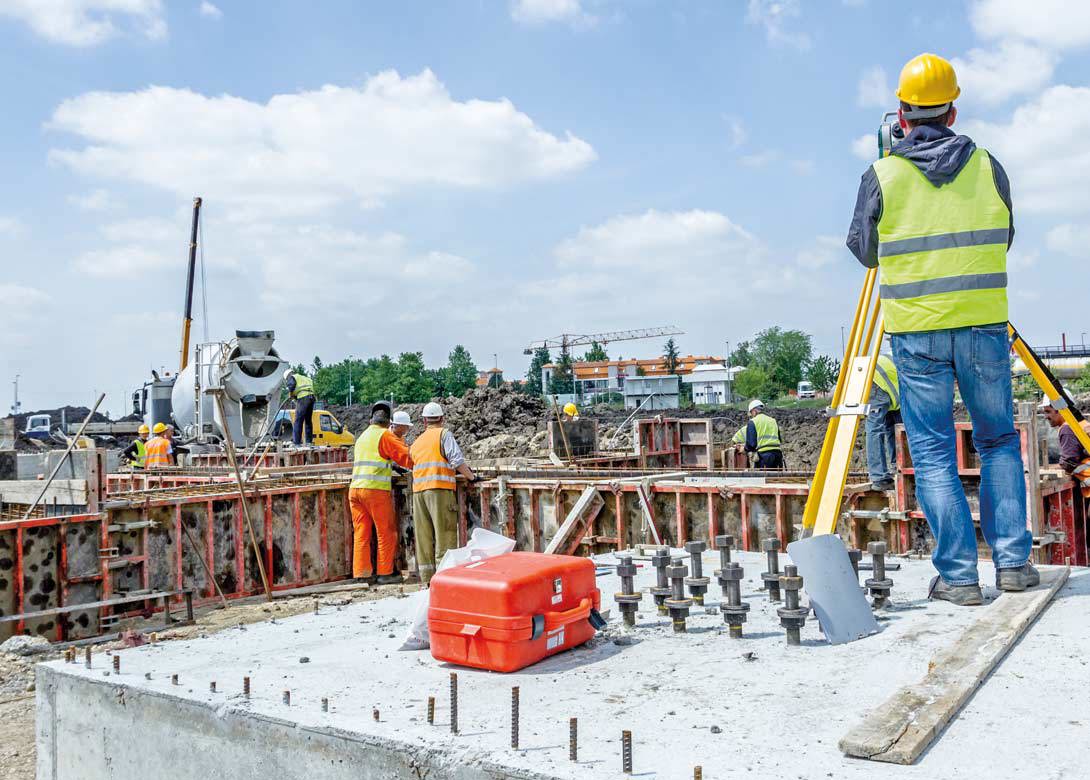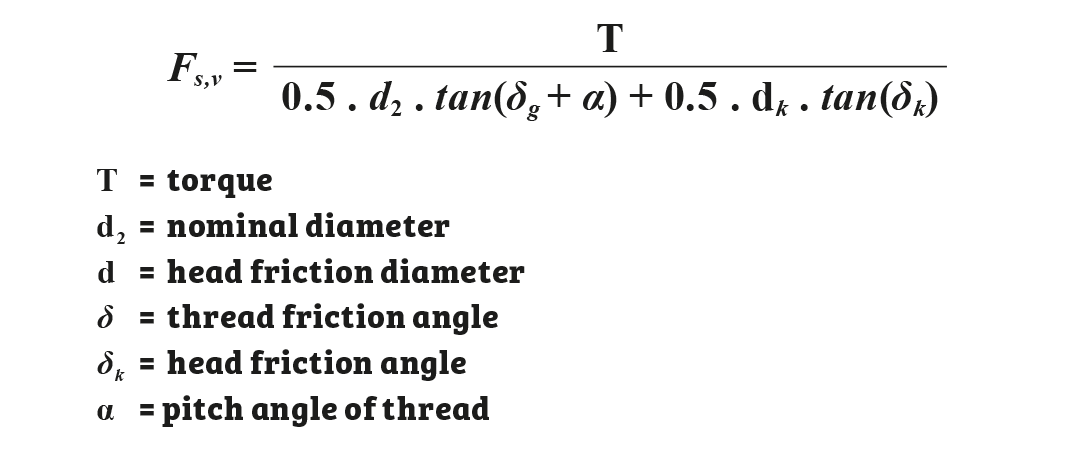
By John Muir, technical manager, Construction Fixings Association
In our recent article in Fastener + Fixing Magazine (published in Issue 109, pages 130 – 131) we discussed site testing of anchors and more importantly when a test is required and when not.
Having established that an anchor test regime is required, we need to consider the practical issues that are involved in such tests.
As covered in our previous article, there are two key reasons to tests anchors:
There are, however, a number of practical issues that need to be taken into account to enable testing of anchors on-site. For allowable load testing, the anchors used are sacrificial and used only for the test. As such all the practical issues can be taken into account in the planning of the testing exercise.
Practical issues with on-site testing
Proof testing involves working anchors that are part of the completed project, and will involve many of the issues we will examine here:
There will be occasions where the difficulties outlined above will effectively prevent anchor testing being a viable option. Where this is the situation, we can look at alternative methods of providing a quality control check.
Torque checking of anchors
For all anchorages, the anchors require a specific torque to be applied to induce a clamping force, which ensures the fixture is held tightly to the base material with no movement (for torque controlled expansion anchors, the torque applied also sets the anchor). These torque values are determined by the manufacturer through calculation and testing to induce a pre-stressing force on the anchor. This pre-stressing generates the clamping force in the anchorage, which is balanced by a tension force in the anchor bolt. The magnitude of this induced tension force is well in excess of the applied (characteristic) action.
To understand how this force is induced from the torque setting, we can look at the relationship between torque and tensile pre-stressing (or clamping) force as shown in the equation below.

It may be easier to illustrate this with a simplified equation:

In this equation k is a constant, which is more or less independent of the thread diameter for the same form and surface roughness bolt head and thread.
Example An M12 anchor electrogalvanised dry torqued to 50Nm (using k = 0.2 for worst case):

The recommended resistance of a 12mm bolt anchor in C30/37 non-cracked concrete is circa 13kN. A test load would therefore be typically 13 x 1.5 = 19.5kN. Values in cracked concrete would be even less.
By applying 50Nm torque you have already induced an approximate 20.83kN pre-stressing force in the bolt.
This represents a minimum factor of 1.6 over recommended load, which is likely to be closer to 2 over applied load. Since the calculation of test load uses a factor of 1.5 (BS8539:2012), the tension load applied to the bolt through torque setting will be in excess of the test load.
Whilst torque checking can never replace the accuracy of tension load testing, it can provide an indication of load applied to the anchor through pre-stress force. Since this load is in excess of the test load, torque checking can be used as a practical alternative.
When using the torque checking method there is one other issue that needs to be considered. After installation, the pre-stressing force (and thus clamping force) will decrease as a result of levelling irregularities in the stressed thread pitches, as well as creep and relaxation of the stressed concrete.
Over time, the pre-stress force can reduce to 40% – 50% of the original value. However, the greatest reduction takes place over the first 48 hours, so this must be taken into consideration when torque checking is carried out.
So, where we have issues as illustrated in sections 1, 2 and 3 the above use of torque checking can provide a good indication of installation quality.
www.the-cfa.co.uk

Will joined Fastener + Fixing Magazine in 2007 and over the last 15 years has experienced every facet of the fastener sector - interviewing key figures within the industry and visiting leading companies and exhibitions around the globe.
Will manages the content strategy across all platforms and is the guardian for the high editorial standards that the Magazine is renowned.
Don't have an account? Sign Up
Signing up to Fastener + Fixing Magazine enables you to manage your account details.